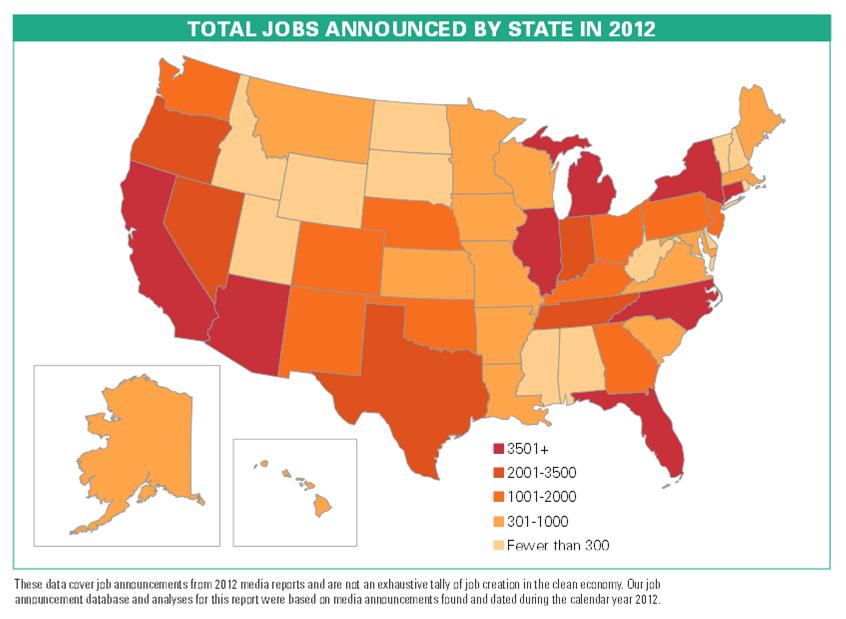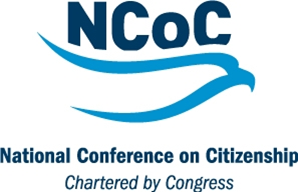State Grant Backs Transforming UConn Research into Start-Up Companies
/UConn Ventures and the University of Connecticut’s Office of Economic Development (OED) have been selected to receive a state grant to provide technical assistance and training for small and medium sized businesses. The $220,000 grant was awarded by the Department of Economic and Community Development as part of the state agency’s Economic Development Grants Program.
UConn Ventures will apply the state funding in support of its mission to seek out university-based research innovations, assess their commercial potential, and provide resources to address the management, market, and technology associated with launching a new venture.
The initiative aims to help migrate technologies developed in UConn’s research labs, including the UConn Health Center, to support early-stage companies and small business expansion. UConn Ventures will work with research faculty in providing technical assessments and direct support that result in product development, testing and creation as well as fundable plans to launch either a new business or a new product or process. UConn Ventures will focus use of the grant funds on efforts to:
- support work to develop data, prototypes and test both technical and market relevancy in order to deploy new technologies and processes,
- expose academic scientists to industry processes, experts and needs, thus impacting the course of future research in ways that will support industry and the economy,
- engage Connecticut entrepreneurs and industry members from small business who may be potential investors, owners, licensees, CEO’s, or champions,
- establish and further relationships that will support and advance a culture of innovation in Connecticut.
Plans call for two levels of financial support to fledgling companies under the program: 1) to assess and mitigate technical and market risks of a technology, and 2) to commercialize projects that have established proof of concept and identified a commercialization path.
“Our work is all about innovation, entrepreneurship, and scale,” said R. Mark Van Allen, President of UConn Ventures. “We seek out university-based research innovations, assess their commercial potential, and provide resources to address the management, market, and technology risks associated with new venture formation. We appreciate the state’s support of our work, and the reinvigorated commitment of the University and the Department of Economic and Community Development to help us to accelerate business creation and development.”
UConn Ventures, aligned with the University’s Office of Economic Development, creates business start-ups by guiding the development process, soliciting funding and recruiting management based on technologies invented by UConn students, faculty and staff. It is a subsidiary of the UConn Foundation. Financial benefits accrue to the individuals whose research innovation is at the core of the start-up business, and UConn.
“The Office of Economic Development is committed to applying resources in ways that will better support technology transfer and industry partnership,” said Mary Holz-Clause, UConn Vice President for Economic Development. “UConn Ventures offers precisely the expertise and experience that is essential to successfully commercialize great research and great ideas, and their organization will play a pivotal role in building future successes.”
More information about UConn Ventures and the Office of Economic Development is available at www.uconnventures.com.





































